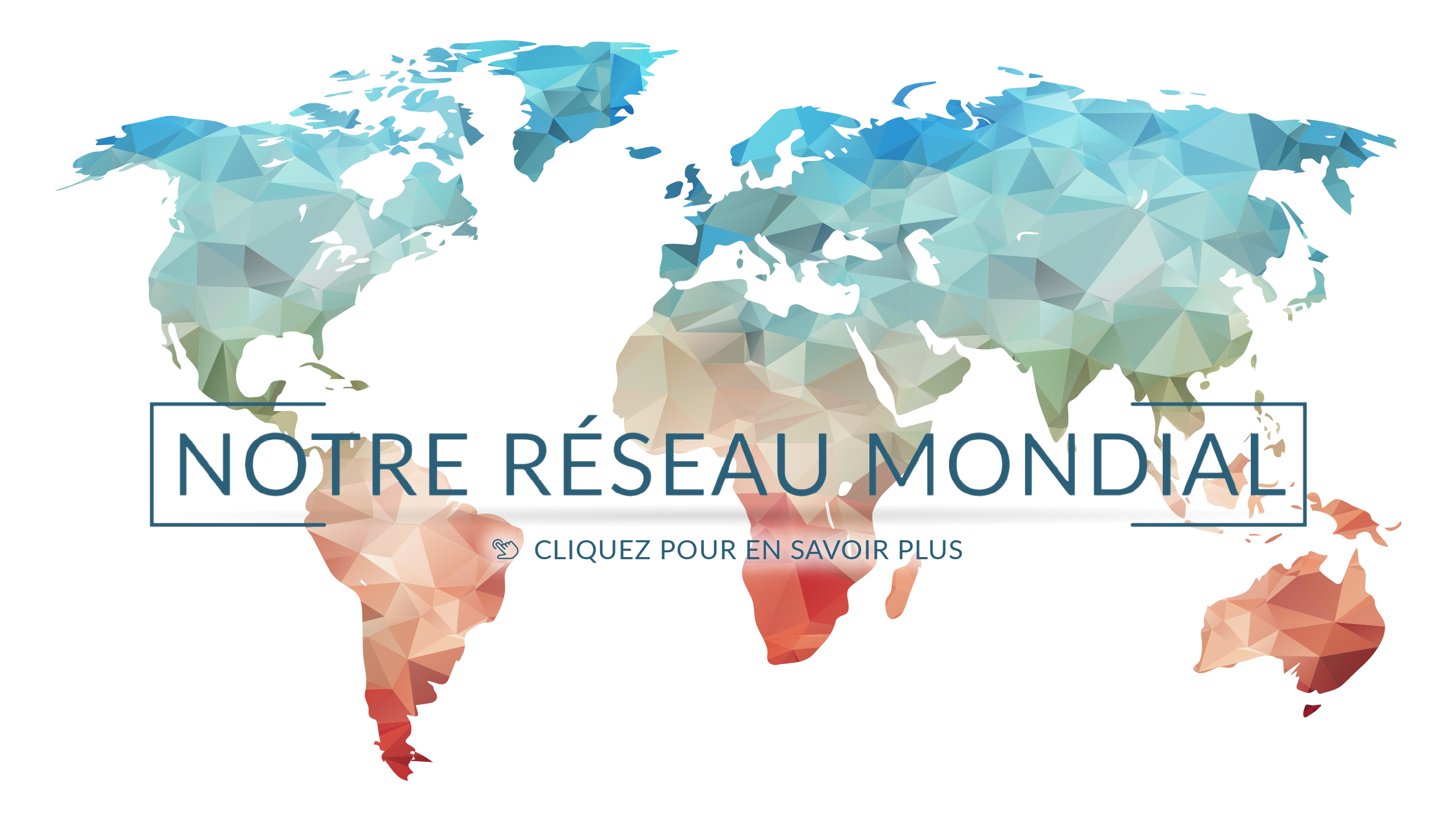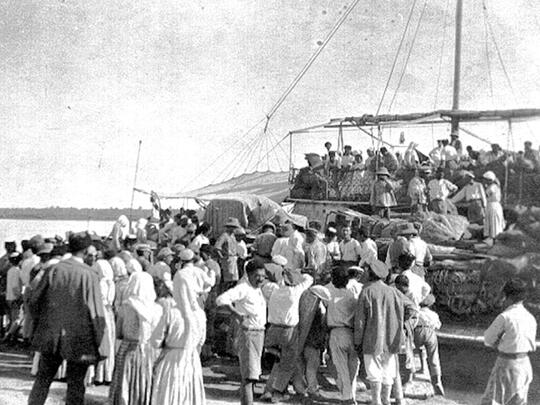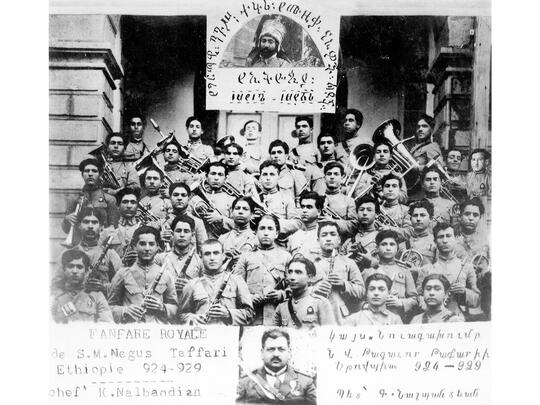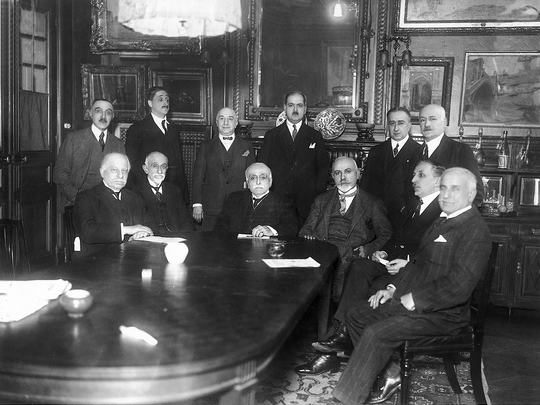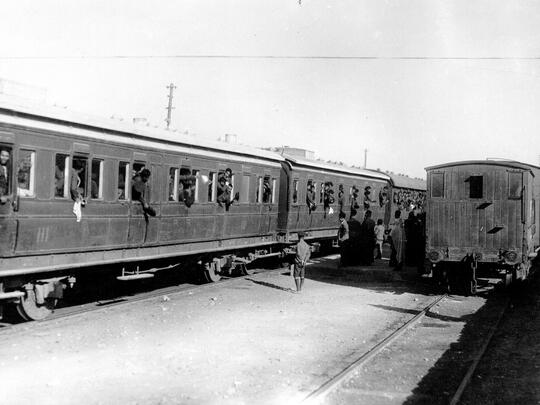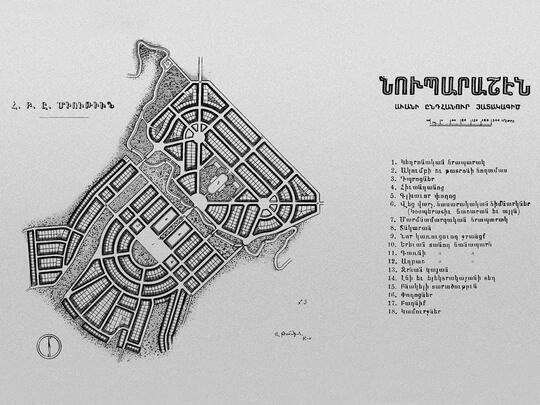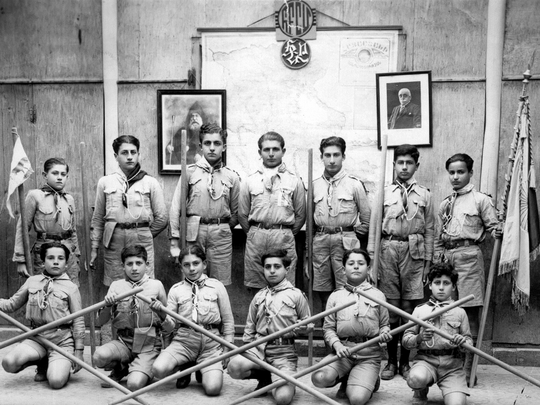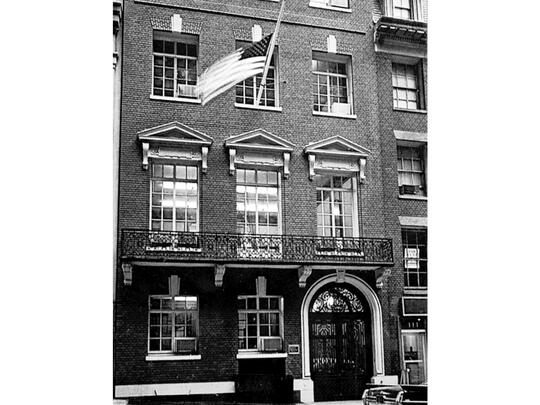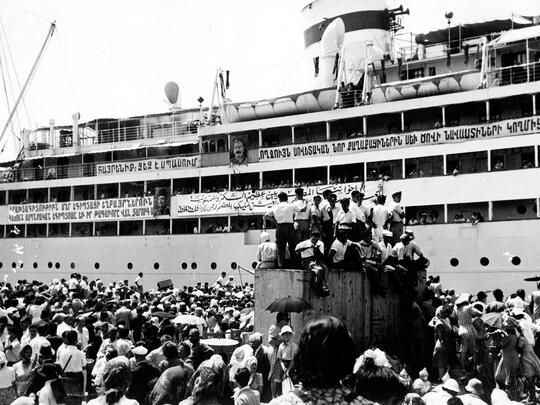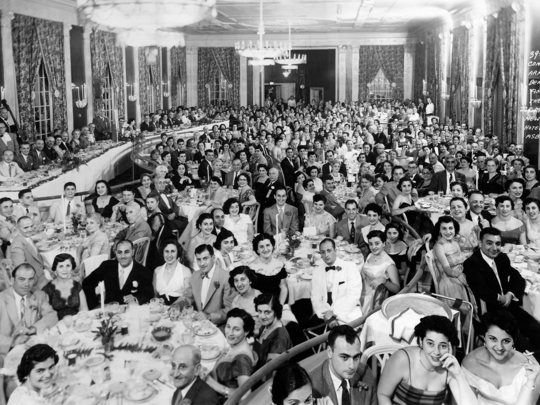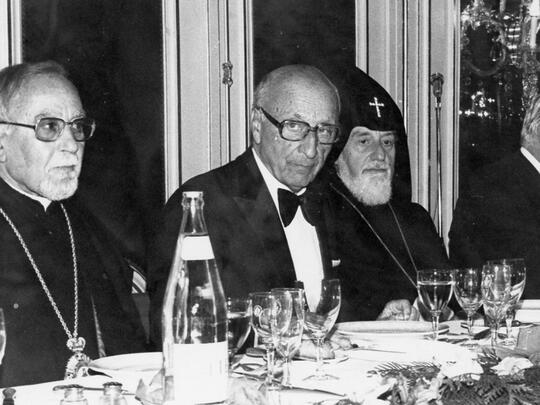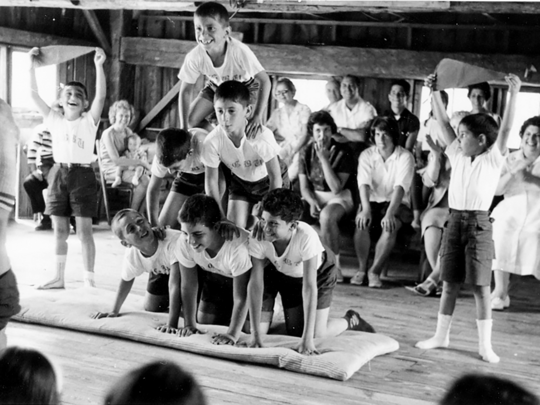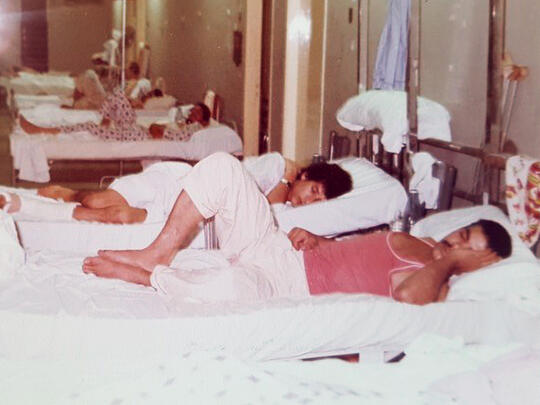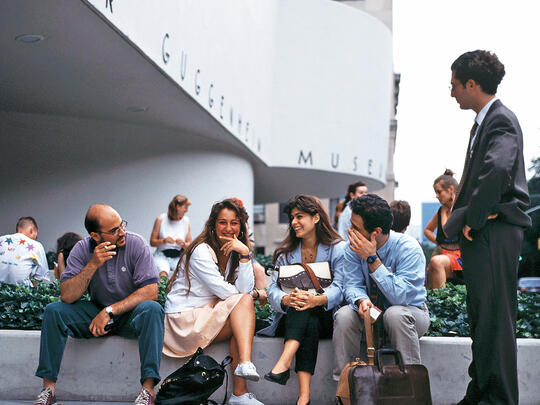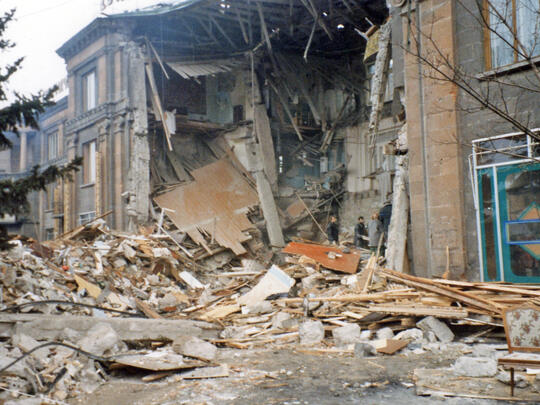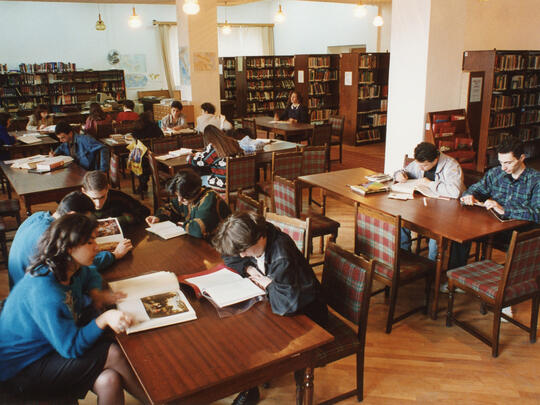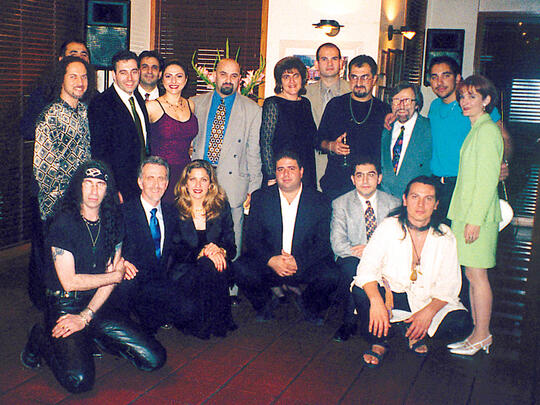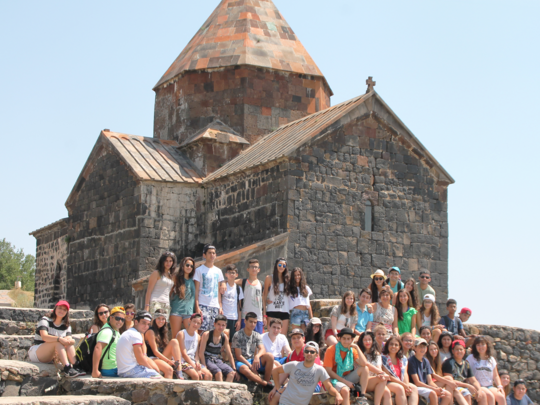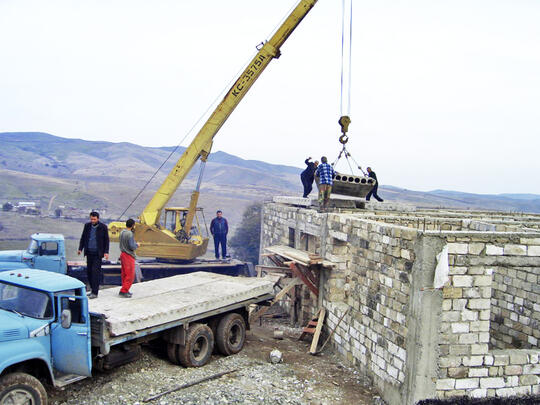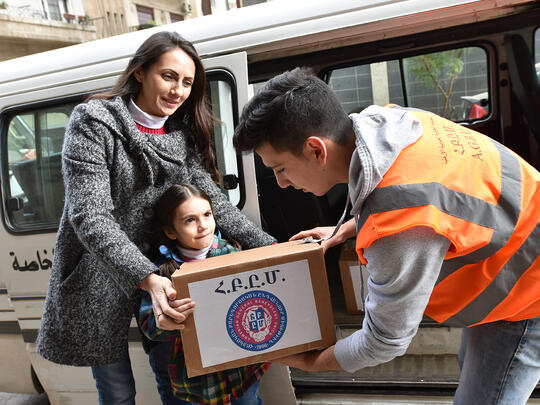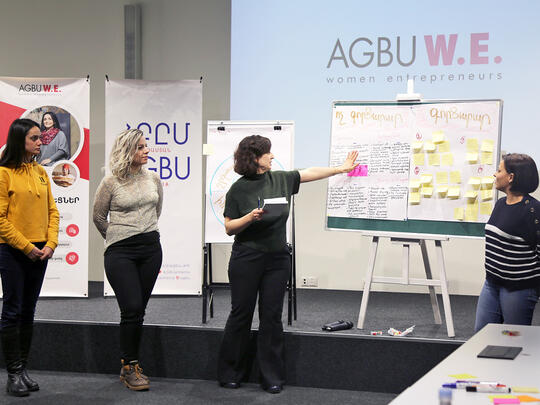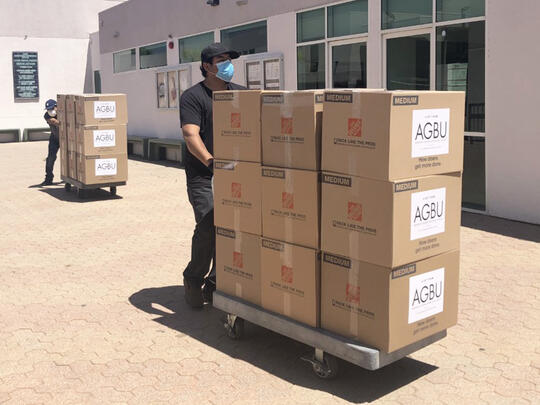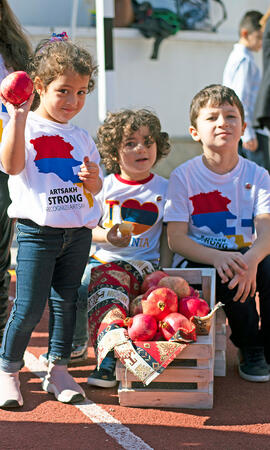À travers notre réseau international de comités régionaux, sections locales et centres culturels, nous sommes mobilisés au plus près de nos communautés tout en bénéficiant d’une ouverture sur le monde qui permet de maximiser notre impact. Notre présence ancienne en Arménie et en Artsakh permet de faciliter les initiatives communes et une meilleure connaissance des enjeux sur place. Forte de son existence séculaire, l’UGAB développe également de nouveaux partenariats et coopérations avec des institutions de renommée internationale qui permettent de déployer nos actions et ouvrir de nouvelles perspectives. Grâce à son expérience, son expertise et son réseau, l’UGAB impacte chaque année la vie de milliers de personnes. Elle est une organisation connue et reconnue, une source d’espoir et d’opportunités pour chaque Arménien, où qu’il se trouve dans le monde.
Adhésion
Rejoignez une communauté dynamique où chaque œuvre pour préserver et promouvoir l’identité et la culture arméniennes.
Rapports moraux et financiers
La transparence est au cœur de notre organisation. Nos rapports sont accessibles à tous.
OVER A CENTURY OF SERVICE
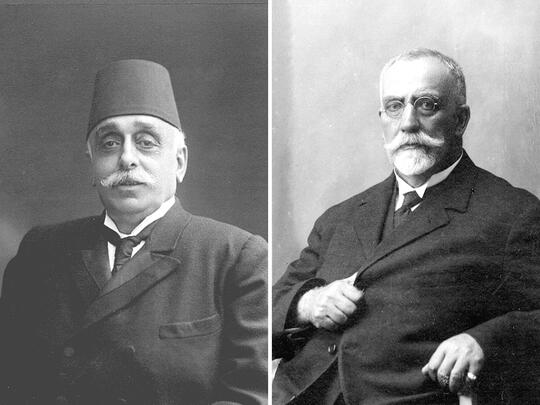
April 15, 1906
1906
The Armenian General Benevolent Union was founded by visionary leaders and an inaugural board of experts and dignitaries, who laid the foundation for immediate impact and growth. Established in Cairo, Egypt on April 15, 1906, AGBU began its longstanding mission of service under the leadership of Boghos Nubar and Yervant Aghaton, who united to form a new model of an Armenian organization — one that was free of the tyranny of totalitarian regimes, and capable of promoting sustainable socio-economic and educational development for Armenians living in the Ottoman Empire.
Within its first two years AGBU formed a broad network of supportive donors from places as far as Addis Ababa, Rangoon, London and Calcutta. With this collective backing, AGBU was able to relieve earthquake victims in Van, Mush, Age and Baghesh, and send much-needed wheat and supplies to victims of famine in the Eastern Ottoman Provinces.
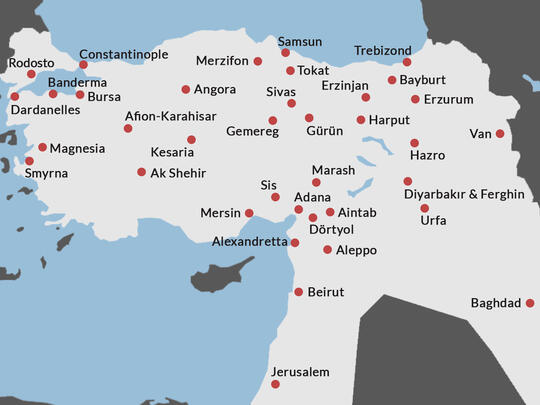
AGBU chapters in the Ottoman Empire (1909-1911).
1909-1911
With insightfully drafted bylaws, AGBU operated freely throughout the Ottoman Empire, able to serve countless Armenians in need. AGBU founders agreed that the organization "would not engage in politics but would pursue strictly humanitarian goals." This declaration was necessary to build the network needed to work within the Ottoman Empire as authorities were suspicious of all political organizations. As such, the Ottoman government approved the by-laws on March 3, 1910, allowing the organization to serve Armenians in need. In fact, the foresight allowed AGBU to legally establish dozens of active chapters and projects throughout the Empire.
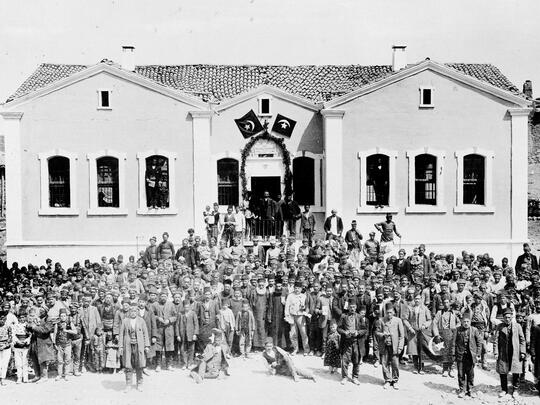
The 1912 opening of the AGBU-funded Bartevian School in Yozgat.
1910-1915
In its first decade, AGBU remained focused on improving the socio-economic standing of Armenians across the Empire, devoting its efforts—first and foremost—to promoting educational and agricultural development. In 1910 alone, AGBU subsidized some 30 schools and sent farmers the livestock, seeds and tools essential in creating self-sustaining communities.
By 1915 however, only two schools remained, and few Armenian farmers survived in the towns and villages of Anatolia due to Ottoman persecution.
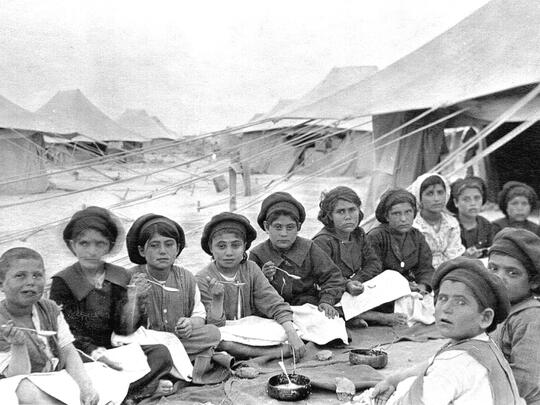
Armenian orphans in the Nar-Omar camp, Iraq.
1915-1922
The magnitude of the Armenian Genocide atrocity meant a refugee crises that spanned multiple countries and continents. AGBU and its wide reaching chapters worked to ensure supplies made their way into the hands of tens of thousands of survivors, leveraging relationships with various governments. AGBU set up orphanages, schools, trade schools and more to help deported Armenians resettle their lives. One example where swift action was taken was Port Said at a camp for refugees from Musa Dagh.
In the fall of 1915, 1,260 children from Musa Dagh were living in Port Said tent camps. In addition to paying for shelters for all the families, AGBU provided funds for a school to open by October of that year. The Sisvan School fed, clothed and educated over 3,000 children by 1917, eventually also becoming a vocational school. This model of initiating humanitarian aid to meet immediate crisis followed by investment for the long-term care of the community is one that would repeat for over a century to come, and continues to be a trademark of AGBU's approach to relief.
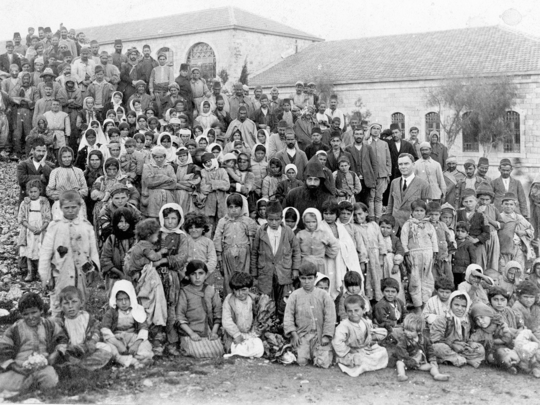
Armenian Genocide survivors discovered in Salt in April 1918.
1917-1918
In the aftermath of World War I, AGBU and the Allied forces worked together to tend to the needs of Armenian refugees across the Middle East. For example, given the impressive reputation AGBU earned for its swift action during this time, British forces relied heavily on the organization to gather and assist refugees in Petra, Salt and Jerusalem, where together they were able to offer relief aid.
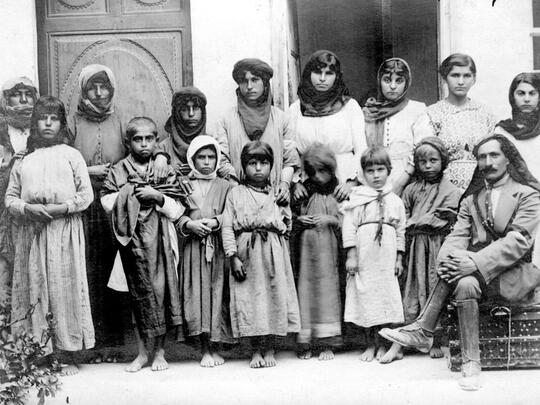
Recovered Armenian women and children with Levon Yotneghperian. (right) in 1919 at the AGBU Home for Refugees in Damascus
1918-1922
With the fate of Armenians hanging in the balance, AGBU leadership knew that rebuilding thriving post-war Armenian communities depended on reopening AGBU chapters where refugees now found themselves. By 1919, AGBU chapters in Aleppo, Beirut, Baghdad, Damascus and Jerusalem were all up and running, ready to provide educational programs and medical attention as needed. The chapters focused particularly on reintegrating abused women and children, sparing no effort to help them with shelter, education and support programs.
Among the many initiatives to save these women and children was the establishment of an AGBU Rescue Fund, which ignited the "One Armenian, One Gold" movement in 1919, saving thousands of Armenian orphans and women who were living with Kurdish and Bedouin tribes.

